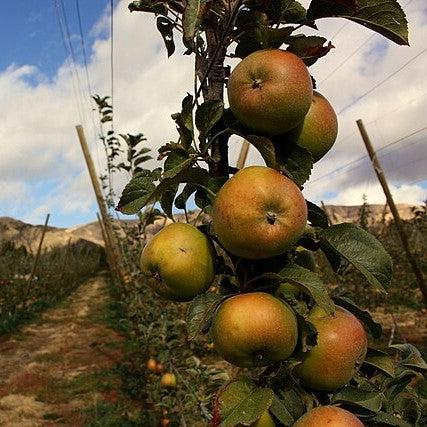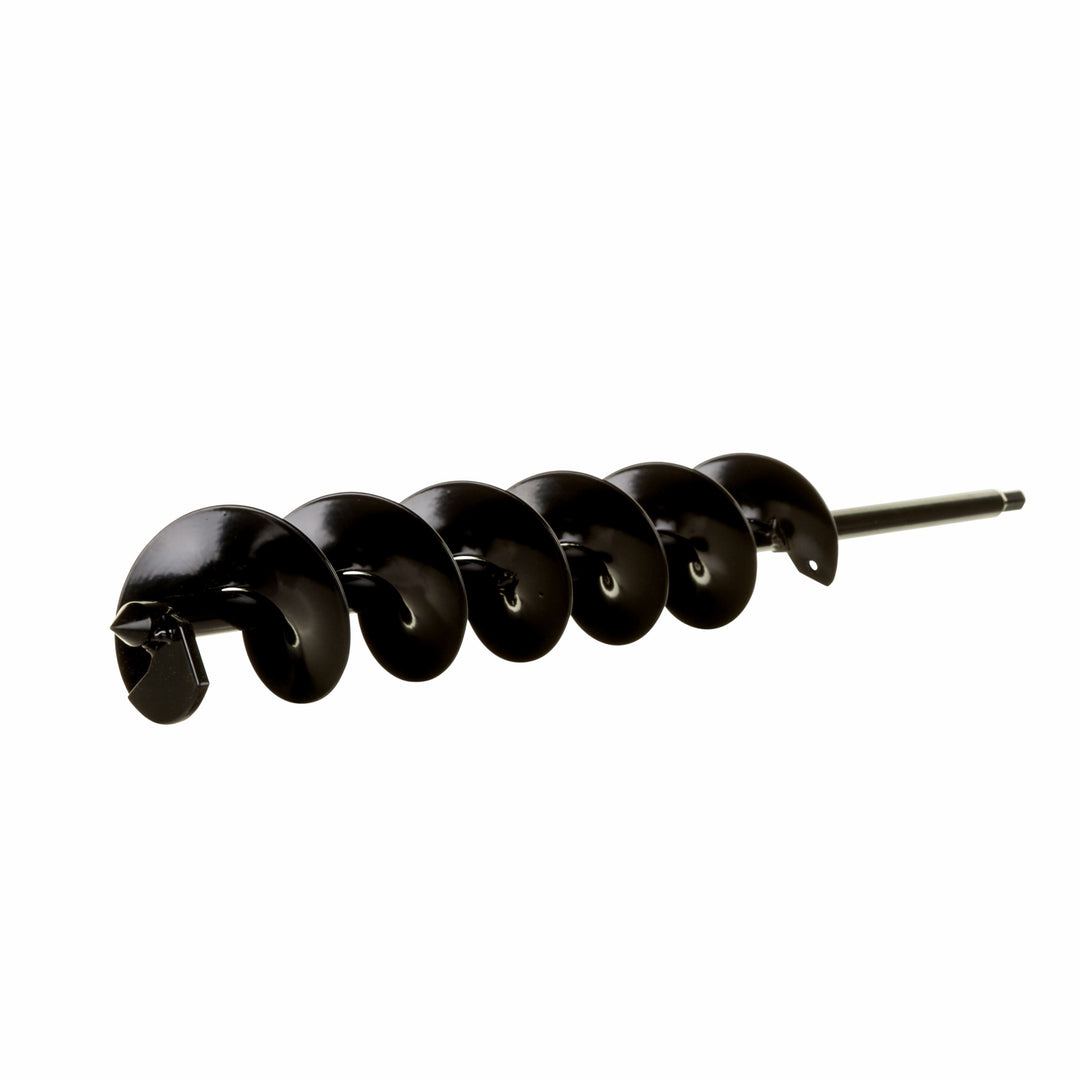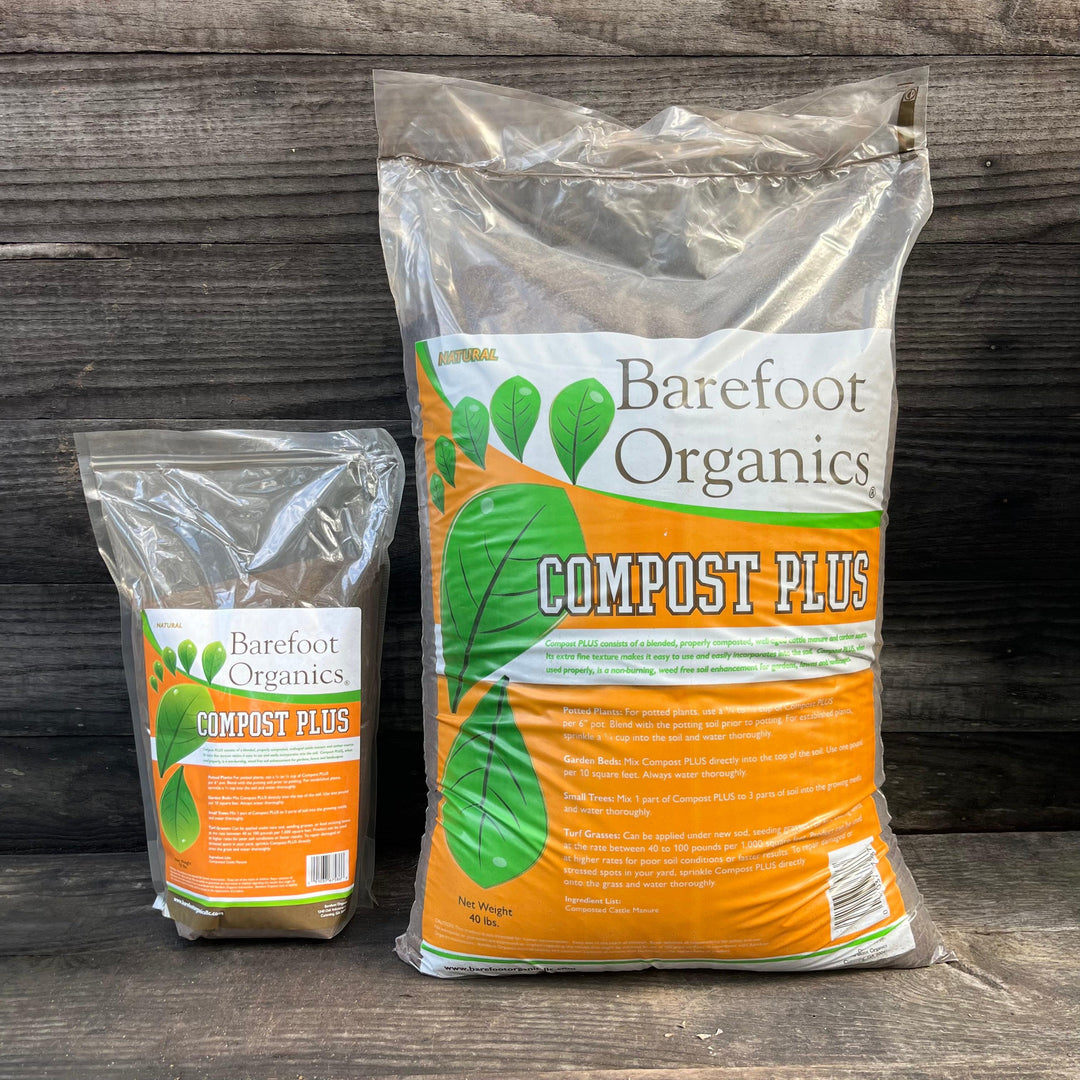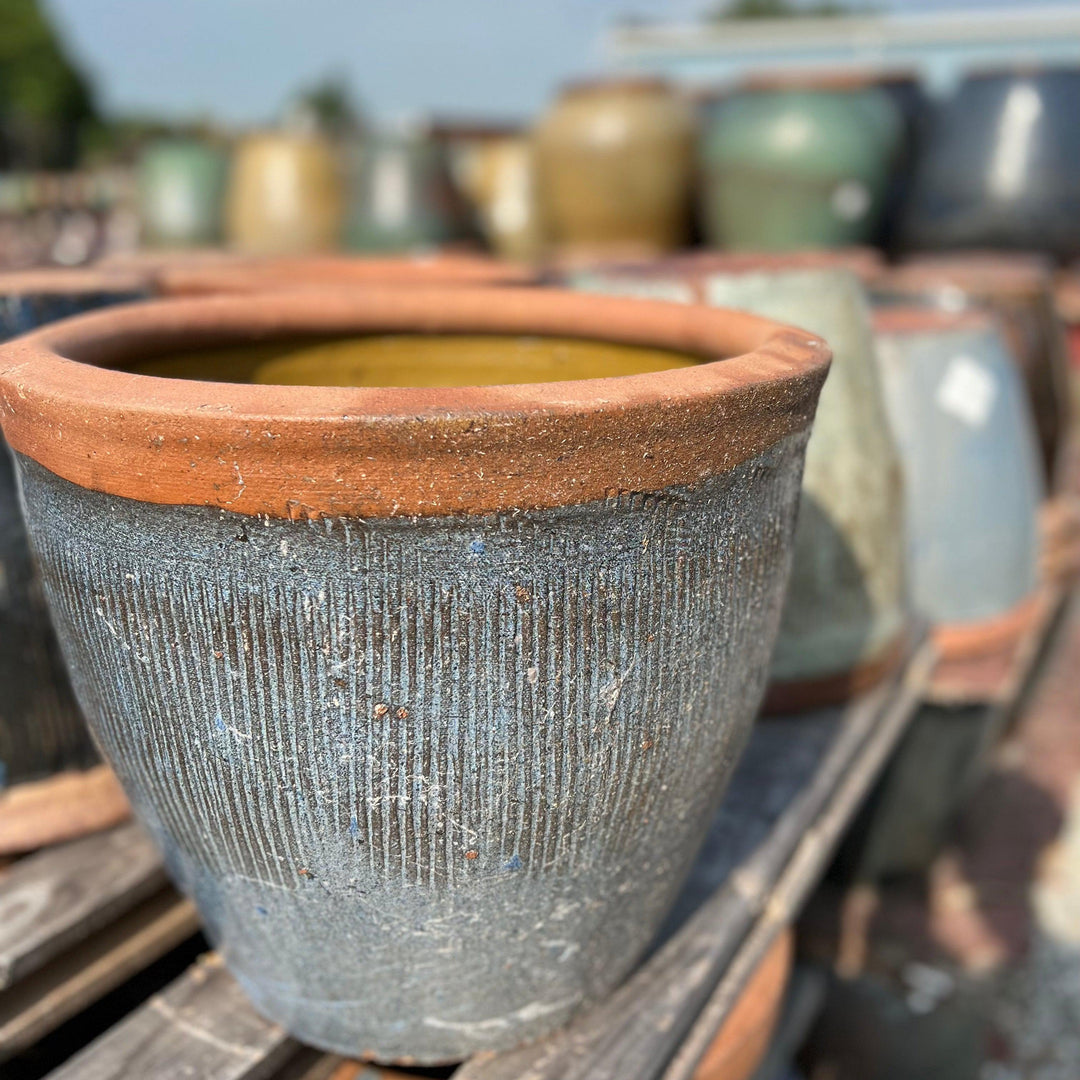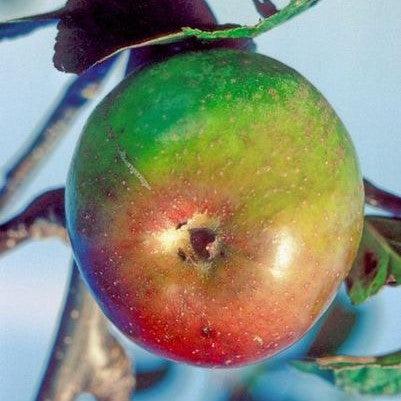Newton Pippin Apple is a fruit producing deciduous tree that is known for its production of high quality late season fruit that ripens in fall. The green-yellow apples often russet and are firm and crisp with a mildly grained flesh that needs to be in cold storage for 1-2 months to bring out its best flavor. Excellent when used as a cider or culinary fruit, though not appetizing when fresh from the tree. Fruits best with full sun and moist well-drained soils. Newton Pippin is self-pollinizing, though it needs hot summer and autumns for best fruiting.
May also be sold as 'Albemarle Pippin'.
|
Type: |
|
|
Origins: |
Central Asia and Afghanistan |
|
Height: |
12' - 15' |
|
Spread: |
12’ - 15' |
|
Spacing: |
15' |
|
USDA Hardiness Zone: |
5 - 9 |
|
Culture: |
|
|
Bloom Color: |
White |
|
Season of Interest: |
MAINTENANCE NEEDS: High Maintenance. Water Regularly. Potential issues include apple scab, cedar apple rust, fire blight, leaf spot and and powdery mildew. Possible pests are aphids, maggots, boreres, and spider mites. Most commercially available Apples are grafted onto their rootstock, resulting in dwarf (8-10ft), Semi-dwarf (12-15ft) or standard tree heights all with full sized fruits. Ask the provider the rootstock classification for estimated size. Dwarf stock is easier to maintain and produces fruit at an earlier age.
LANDSCAPE USES: Accents or Group Plantings, Borders, Wildlife Gardens, Shade Tree, Edible Garden, and Container.
COMPANION PLANTS: Apple, Shasta Daisy, Bugleweed
IMAGES: Leslie Seaton from Seattle, WA, USA, Newtown pippins (8167963860), CC BY 2.0, (2) Forest and Kim Starr, Starr-200122-7389-Malus pumila-var Yellow Newton Pippin fruit-Hawea Pl Olinda-Maui (49751367746), CC BY 2.0, (3) English: National Fruit Collection, Brogdale., Newtown Pippin on tree, National Fruit Collection (acc. 1963-025), Unknown
*As plants have ranges in appearance they may not appear as the images shown.


